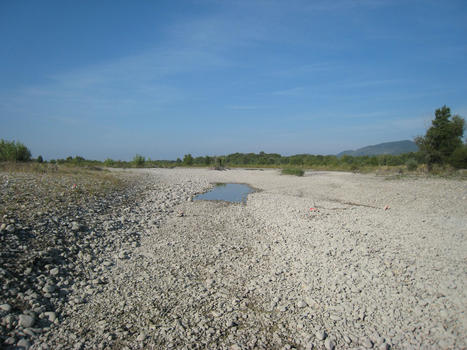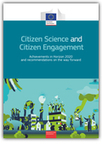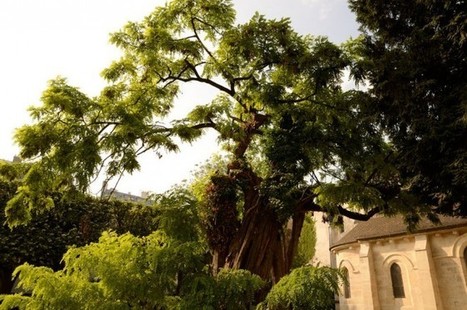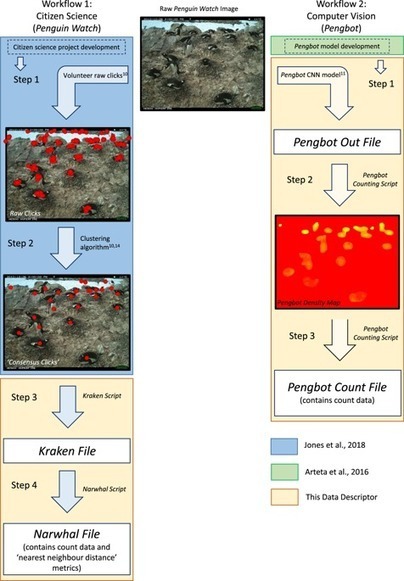COMMUNIQUE DE PRESSE - L’application de sciences participatives DRYRivERS montre déjà des premiers résultats ! Déployée à l’échelle internationale en 2022, elle enregistre en 1 an plus de 4000 contributions. Un ensemble de données en open-source, accessibles à tous via un simple site web. Un démarrage encourageant pour la préservation et la gestion de nos rivières, à l’échelle du globe.
Research and publish the best content.
Get Started for FREE
Sign up with Facebook Sign up with X
I don't have a Facebook or a X account
Already have an account: Login
Revue de presse et du net par le Pôle de partage des connaissances S&T de l'Office français de la biodiversité
Curated by
DocBiodiv
 Your new post is loading... Your new post is loading...
 Your new post is loading... Your new post is loading...
|
|















Site Web de DRYvER https://www.dryver.eu/app
via @INRAE_Lyon_Gre et @DRYvER_H2020